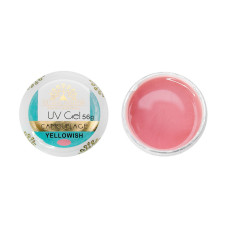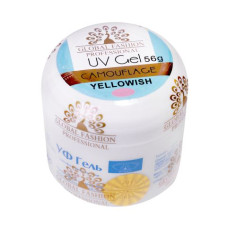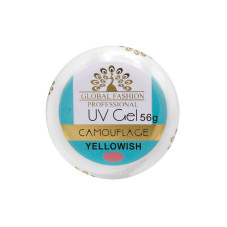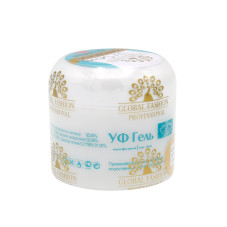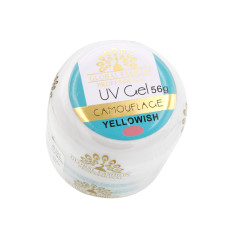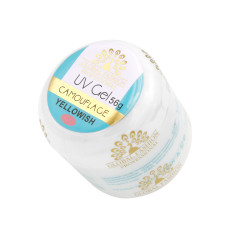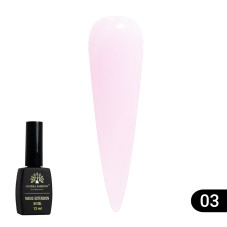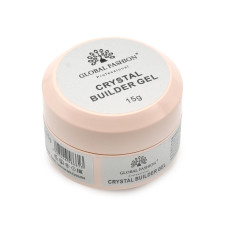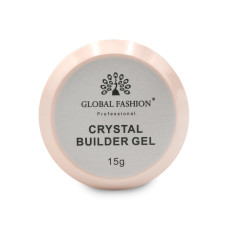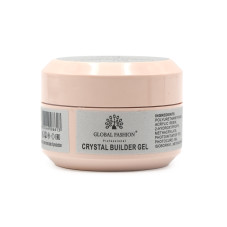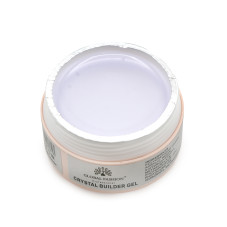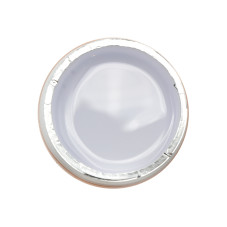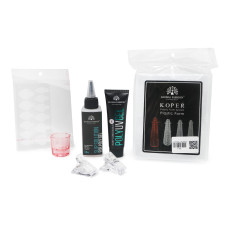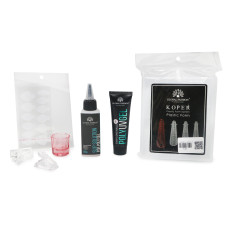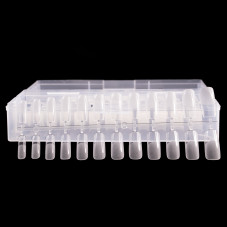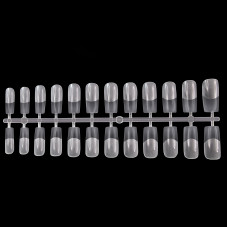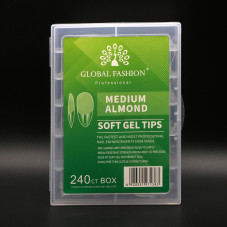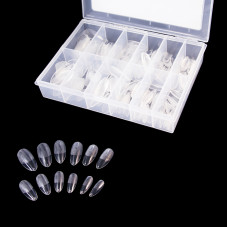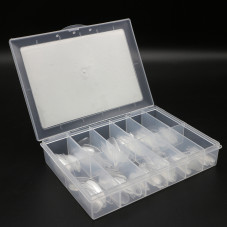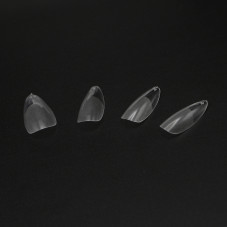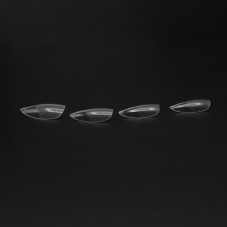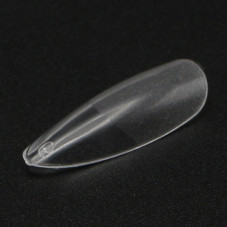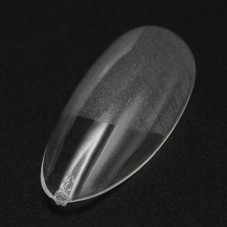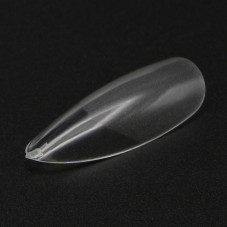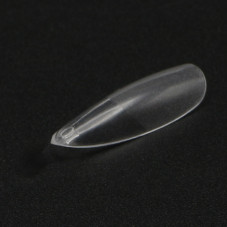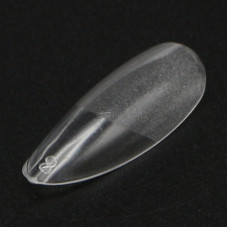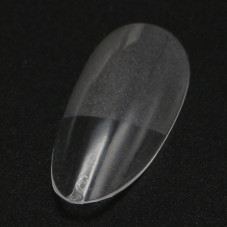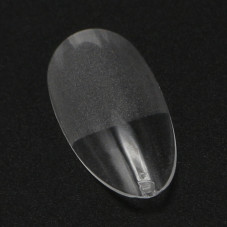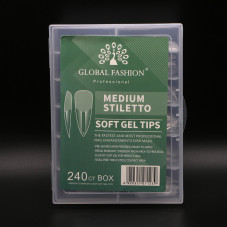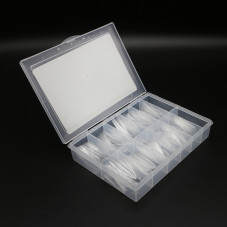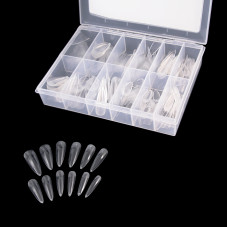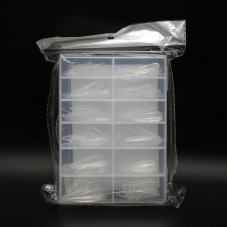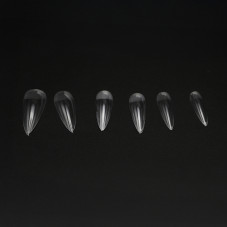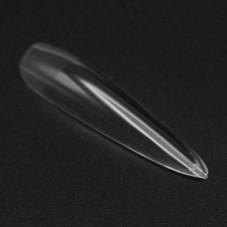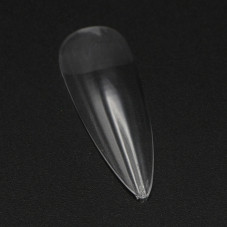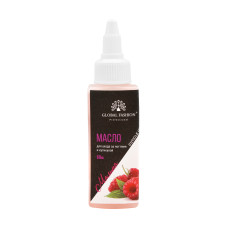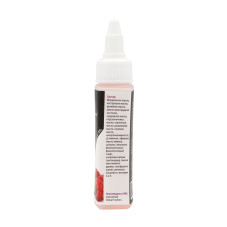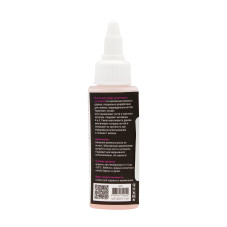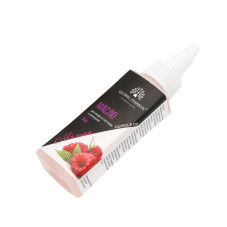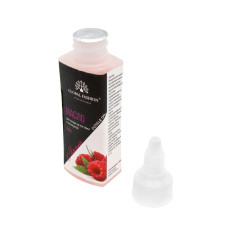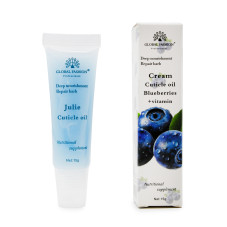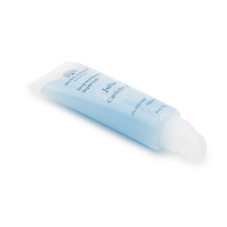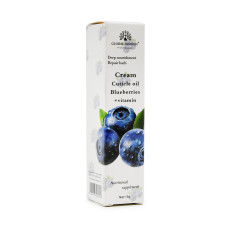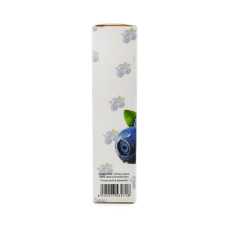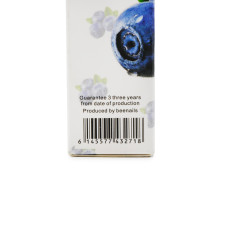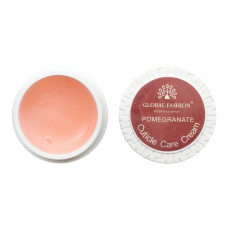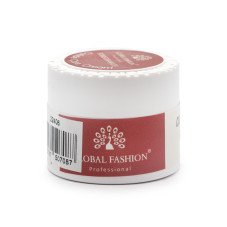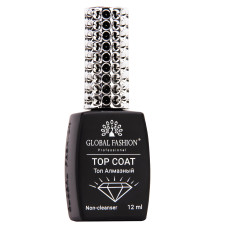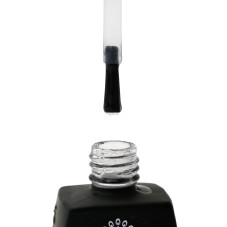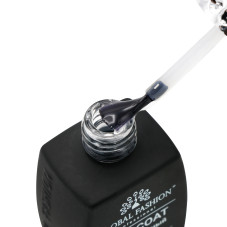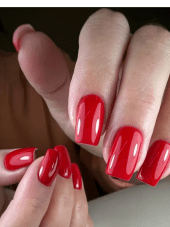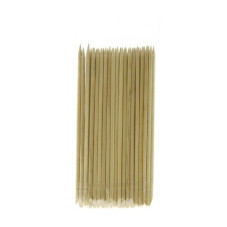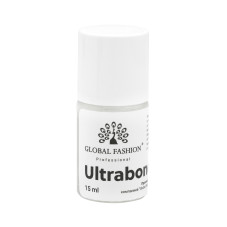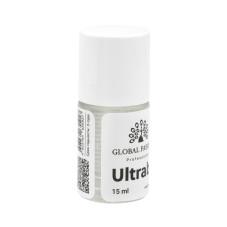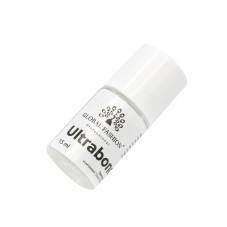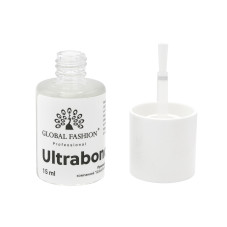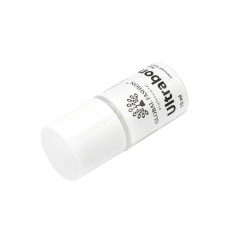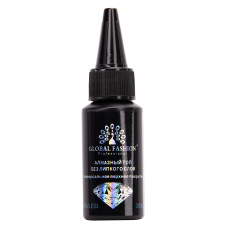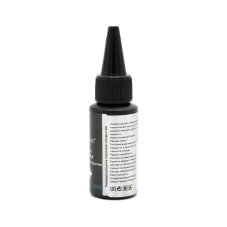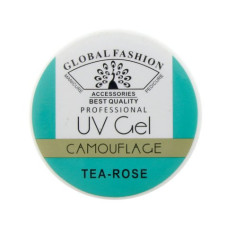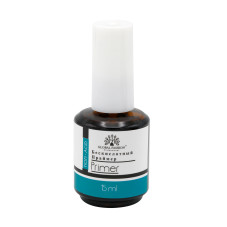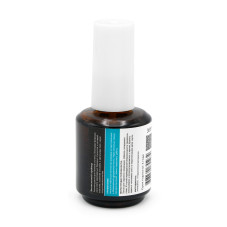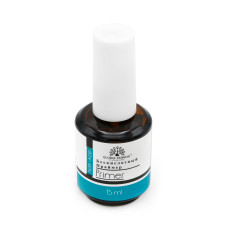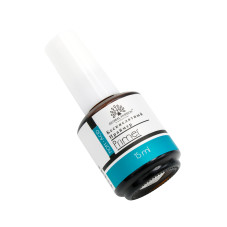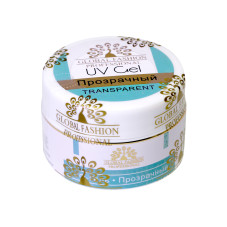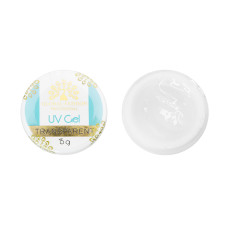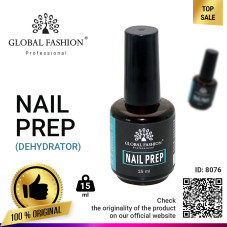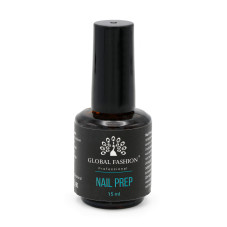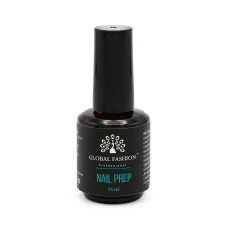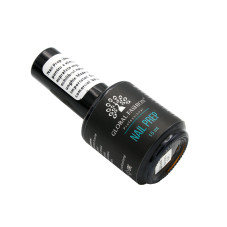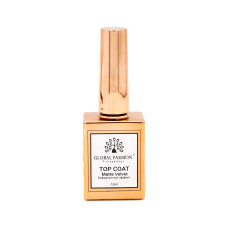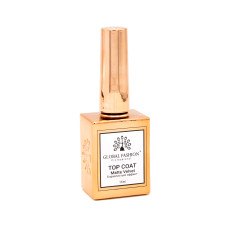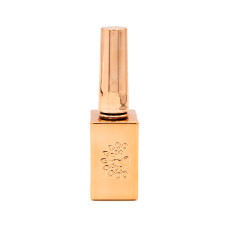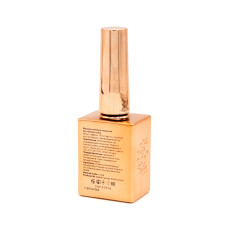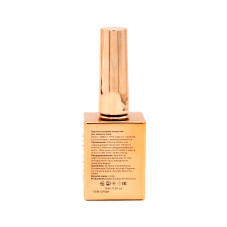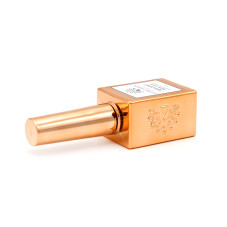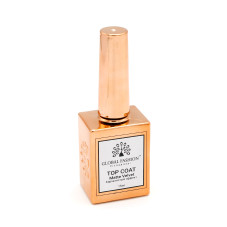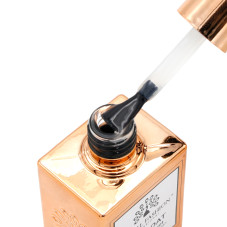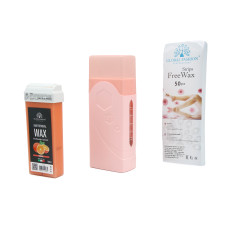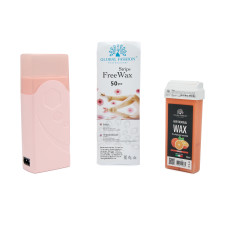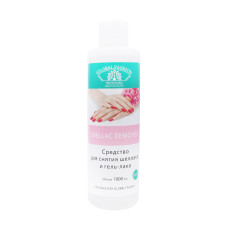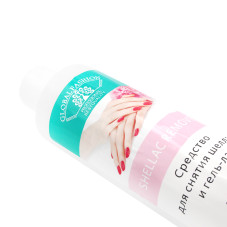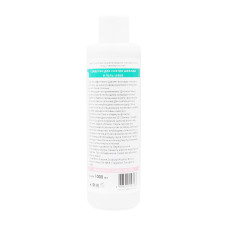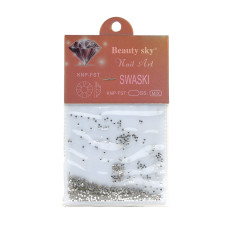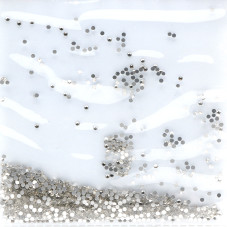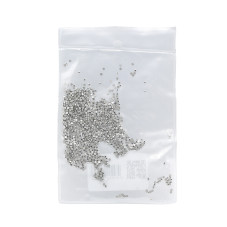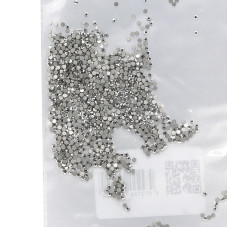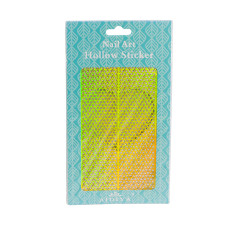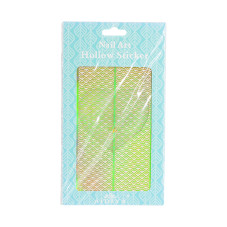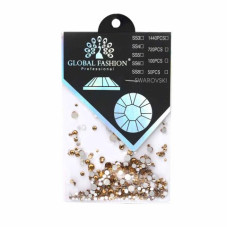How to restore nails after acrylic: expert advice and best methods

If you've ever had acrylic extensions done, you probably remember how spectacular and strong your nails look immediately after the procedure. But over time, especially after acrylic removal, natural nails can appear weak, thin and brittle. So you're faced with a choice: should you book in for a new manicure or give your nails time to recover?
If you are leaning towards the second option, don't worry - it is quite realistic to return your nails to a healthy and well-groomed look. The main thing is to know how to properly care for them during this period.
In this material we have collected professional recommendations on the restoration of nails after acrylic. Learn how to help your nails to recover and strengthen, so that they once again delight you with their natural beauty.
In this material we have collected professional recommendations on the restoration of nails after acrylic. Learn how to help your nails to recover and strengthen, so that they once again delight you with their natural beauty.
1. Proper removal
Acrylic nails often get a bad reputation for causing damage to natural nails. However, the problem lies not in the material itself, but in the incorrect method of removal.
Acrylics are formed by a chemical reaction between a liquid monomer and a powdered polymer. The mixture is applied to the nail plate and hardens, creating a durable coating. Sometimes acrylic does not bond evenly to the nail around the edges, which can cause it to peel off. When this happens, many people start ripping the material off by hand - and that's a big mistake. By tearing off the acrylic, you damage the top layer of your nail, making it brittle, thin and vulnerable.
To minimise the damage, experts recommend starting the removal process by carefully filing off the top layer of acrylic - as far as possible, without reaching the nail plate. Then a cotton disc moistened with acetone should be placed on each nail and wrapped in foil. Acrylic takes much longer to remove than gel, so patience will be required - sometimes it takes quite a while.
Following the correct removal technique will help keep your nails healthy. However, if your nails are naturally thin or you wear acrylics frequently, restoring and strengthening the nail plate becomes especially important. The following are proven methods to help restore your nails to a strong and well-groomed appearance.
2. Treat your nails with care
Even with the most careful removal of acrylics, your nails still need to be restored and nourished to stay healthy and well-groomed. The nail plate is like a canvas and it's important to restore its strength, smoothness and natural shape to enjoy the perfect manicure again.
To recover from acrylics, it's especially important to regularly use strengthening products to help your nails regain strength, protect them from brittleness and keep them looking well-groomed until your next visit to the salon.
3. Give up acrylics for a while
Although acrylic nails are prized for their length, strength and durability - and sometimes for all of these qualities at once - experts warn that it's easy to overdo it. Acrylic molecules are larger than those of gel, so a reliable bond with the natural nail plate requires more aggressive creation of microcracks on its surface. This is why acid primers are often used when applying acrylic. If you notice that your nails ache even a day or two after the procedure, this is most likely the reason.
However, problems after acrylic extensions are not limited to soreness. Frequent and too aggressive removal of acrylics can damage the nail matrix - the anatomical part responsible for the formation of the nail plate. Specifically, the matrix includes the crescent at the base of the nail. Damage to this area can cause various defects: surface irregularities, white spots, bumps and grooves. Moreover, experts note that improper acrylic removal often traumatises the cuticle, which worsens the appearance of the nail and increases the risk of infections.
4. Consider another type of nail extension
If your nails are thin, weak or painful after acrylic extensions, you should not give up on your dream of beautiful and long nails. Fortunately, there is a great solution - gel extensions.
The gel system is much gentler: the gel molecules are smaller, and the preparation of the natural nail plate requires a more gentle etching. In addition, gel extensions use a primer on a non-acid base, which is gentler on the nails. The process of gel removal is also much easier and faster compared to acrylic.
Gel extensions are a great way to strengthen and protect natural nails during their growth and recovery, without sacrificing the beauty and aesthetics of the manicure. It is a convenient and modern alternative to acrylics, which is suitable even for sensitive nails.
1300 bought
ID: 1946
84 MDL
-30%
5. Check the health of your nails
Just as regular medical check-ups are recommended to keep your entire body healthy, experts emphasise the importance of regular nail check-ups with a dermatologist. Nails require a thorough check-up as sometimes people try to cover up noticeable changes and abnormalities with cosmetics. One of the first nail melanomas the doctor encountered in his practice was discovered in a young 20-year-old girl. She came to the clinic already with advanced melanoma, which she had been masking with acrylic nails for a long time.
In this regard, experts strongly recommend annual nail examinations without nail polish and extensions, so that the doctor can carefully and fully examine the nail plates.
6. Use false nails
False nails have come a long way, from low-quality sticker versions that peeled off almost immediately after application, to modern models that can last up to two weeks - and really hold up to that time. Today, the range is amazingly diverse: length, shape, colour and design allow you to find the option that looks as natural and stylish as possible.
730 bought
ID: 16890
54 MDL
-40%
567 bought
ID: 16893
54 MDL
-40%
7. Find a salon specialising in Russian manicure
Russian manicure is gaining popularity due to the special attention of the master to every detail of the nails. Despite the fact that the procedure can take up to two hours, it justifies itself: you get not only a beautiful and neat manicure with a long-lasting effect, but also an individual approach, taking into account the peculiarities of your nails. Among other things, the master conducts restoration of the nail plate after acrylic, ensuring the health and beauty of hands.
8. Use cuticle oil
Prolonged wear of acrylics often leads to dry and brittle nails. To restore their health and beauty, apply cuticle oil daily - make it a habit. The oil's nourishing ingredients deeply moisturise the skin and nail plate, while massaging the cuticle improves blood circulation to stimulate natural nail growth and strengthening.
249 bought
ID: 8252
42 MDL
-30%
9. Wear gloves
If your nails have already suffered after acrylics, it's important to prevent further damage. Be sure to wear gloves when doing anything that involves water - such as washing dishes or cleaning with household chemicals. This will help protect your nails from dehydration and weakening.
For extra care, apply cuticle oil and gloves before bedtime to penetrate the nail plate and the skin around the nail, providing intensive moisturisation and repair.
FAQ
Can I do a regular manicure after acrylic nails removal?
Of course, you can do a regular manicure after acrylic manicure. However, it is worth considering the condition of your nails: they may need to be restored or strengthened before the next treatment. Your manicurist will be able to help you find the best treatment and advice on further care.
How long can my nails hurt after acrylic application?
It is known that acrylics need deeper grooves to adhere securely to the natural nail, so nails may feel sore for a day or two after application. If the pain persists longer, however, this may indicate a problem, in which case it is recommended to stop using acrylics.
How long does it take for nails to fully recover from acrylic extensions?
If you carefully remove the acrylic, you may not need to strengthen your nails immediately after the procedure. However, if you notice that the nails have become thin or weakened, it is worth taking a break for a few weeks. During this period, pay special attention to them - use strengthening products and regular treatments to restore the health and strength of the nail plate.
Read also: How to properly prepare the nail plate before extensions?
Published: 20.06.2025 12:18
Times Read: 709
7587 bought
ID: 3678
84 MDL
-30%
2426 bought
ID: 3650
56 MDL
-30%
3617 bought
ID: 3688
140 MDL
-30%
718 bought
ID: 1832
56 MDL
-30%
1187 bought
ID: 2003
56 MDL
-30%
1267 bought
ID: 3658
91 MDL
-30%
36 bought
ID: 11067
76 MDL
-30%
